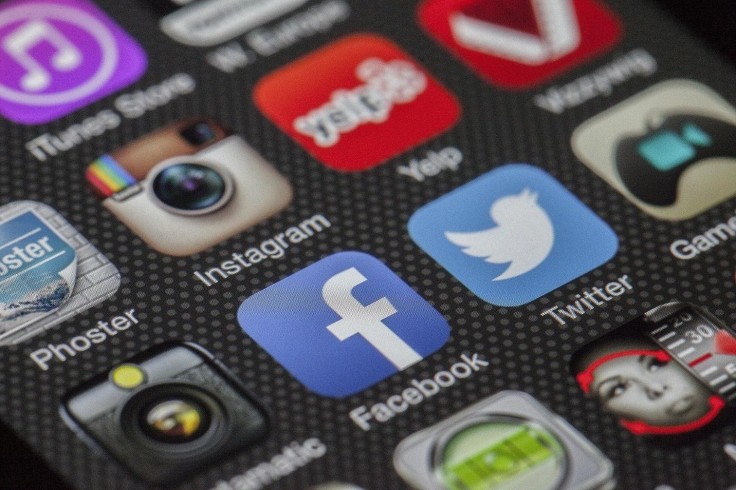
Whether you use an Android or Apple mobile device, you're vulnerable to various types of malware such as adware, spyware, Trojan attacks, ransomware, and others.
Recently, researchers examined attacks against mobile devices in the first half of 2019 and found that threats rose by 50% compared to the previous year. Meanwhile, Internet cybersecurity company Malwarebytes found 200,000 total malware instances on its customers' Android devices in just one month of 2020. Similarly, a startling report about iOS found 1200 apps that contained malicious code designed to steal data and employ adware. These apps generated 300 million downloads per month.
Keeping this data in mind, you must follow some safety measures to protect yourself as a mobile device user:
Only Download from First-Party App Stores.
Limit your downloads to Google Play for Android devices and the Apple Store for Apple devices. Remember, there are over 3 million apps on Google Play and 2.2 million apps on the Apple App Store, which are enough to last a lifetime. Most of these apps undergo a rigorous testing and verification process to ensure that they're free of malware before approval. While some third-party platforms may have interesting apps, the risk is not worth it.
Get Good Mobile Security Software
While first-party platforms are the best option for downloads, neither Google Play nor the Apple Store is entirely safe. Google has removed thousands of apps containing malware from its platform, yet new threats continue to emerge. Likewise, millions of Apple customers have been infected with malware that infiltrated the Apple store.
Your best solution against malware threats is to strengthen your mobile device's defenses. To keep your system safe from attacks - download cutting-edge cybersecurity software that uses advanced technology to crush threats and offers real-time protection against malware. Remember, not every antivirus program will be a good fit for your mobile device - only download software that complements your device's default security system for the best results.
Recognize Fraudulent Apps
Check the legitimacy of an app before you download and install it. Most fraudulent apps disguise themselves as real ones by using fake names and descriptions. Scratch beneath the surface, and you'll notice spelling and grammatical errors in the descriptions. You may also recognize variations in the names. For example, a fake app for The New York Times may be called The New Yorke Times instead. Also, check out the reviews. While fraudsters can buy some fake reviews, they can't purchase thousands. Finally, examine the launch date - be suspicious of established apps that just launched recently.
Limit App Permissions
Whether you're using an Android or Apple device, visit your app's privacy settings to limit access to your personal information. Only grant as much access to an app as it needs to function. If a piano app needlessly demands access to your microphone, camera, location, contacts, or messages, then don't install it.
These are four essential security tips for downloading and running mobile apps. Use good cybersecurity software, apply some common sense, and do your due diligence to protect your device from malware threats.
© Copyright 2026 Mobile & Apps, All rights reserved. Do not reproduce without permission.












